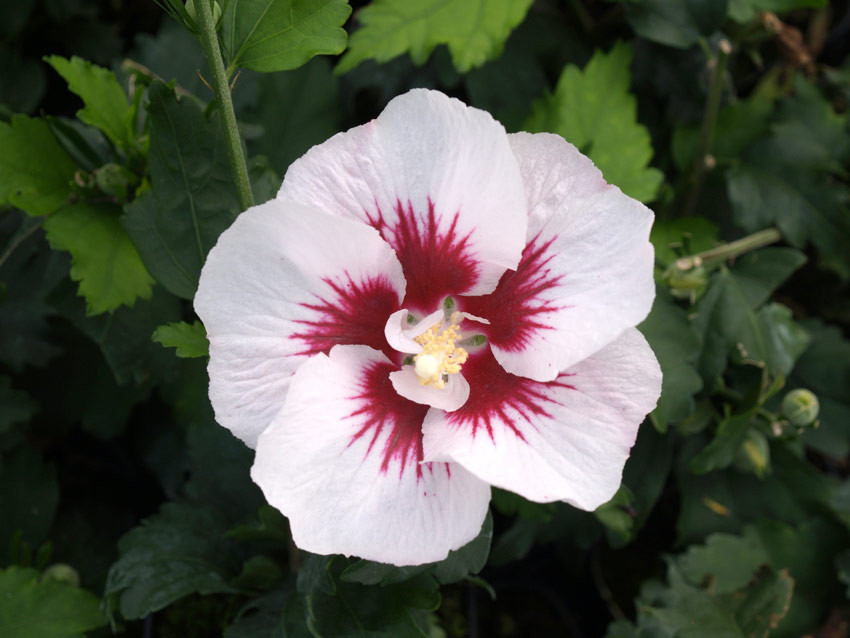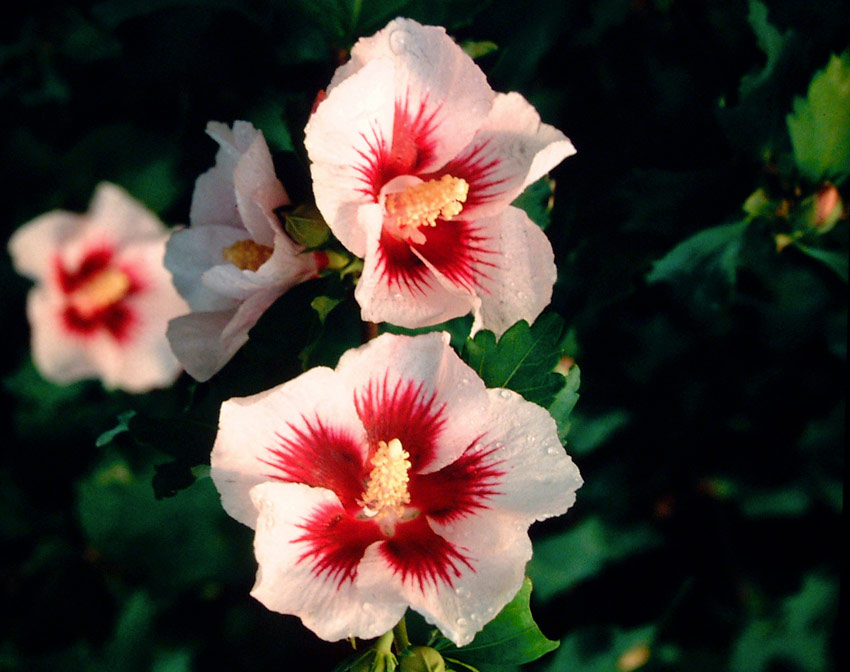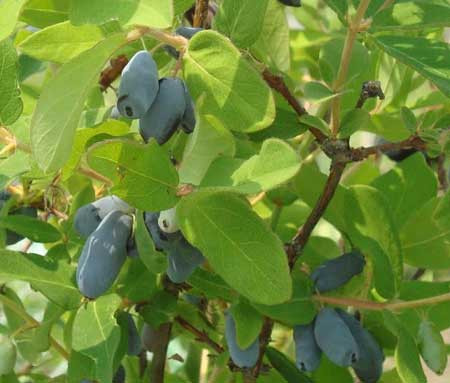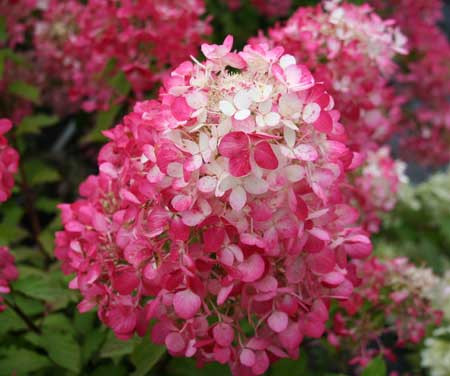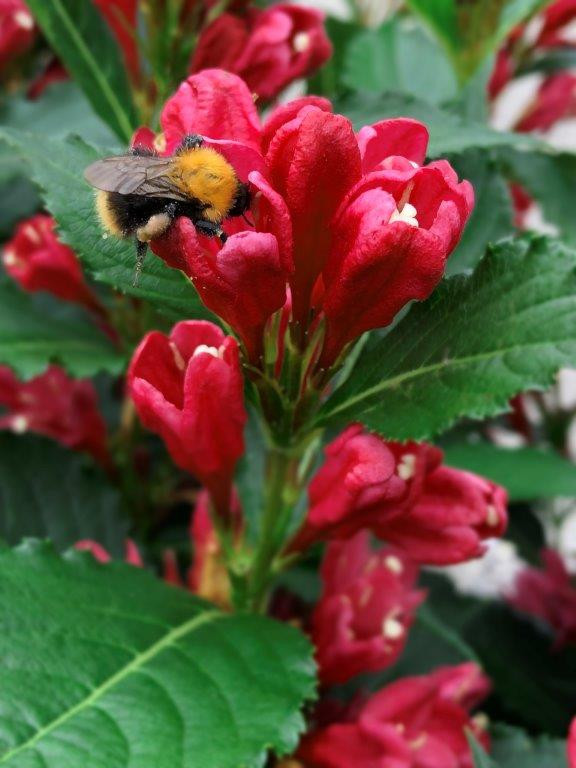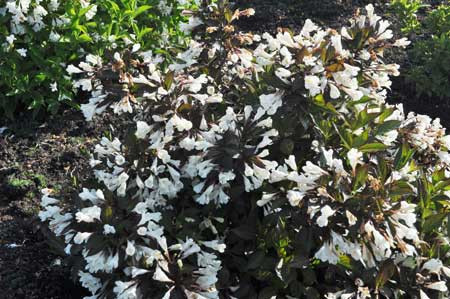- Request/ Order number: 1313
HIBISCUS syriacus
´Helene´
Tree Hollyhock ´Helene´
| Quality | HEIGHT/ WIDTH | BUNCH / CARTON | PIECE | FROM 250 | FROM 2500 | ORDER QUANTITY |
|---|---|---|---|---|---|---|
| Quality 2j.v.St. P9 0/1/1 | HEIGHT/ WIDTH | BUNCH / CARTON 25 | PIECE €3.40 | FROM 250 €2.72 | FROM 2500 €2.45 | ORDER QUANTITY |
Attention! Minimum order was not reached



